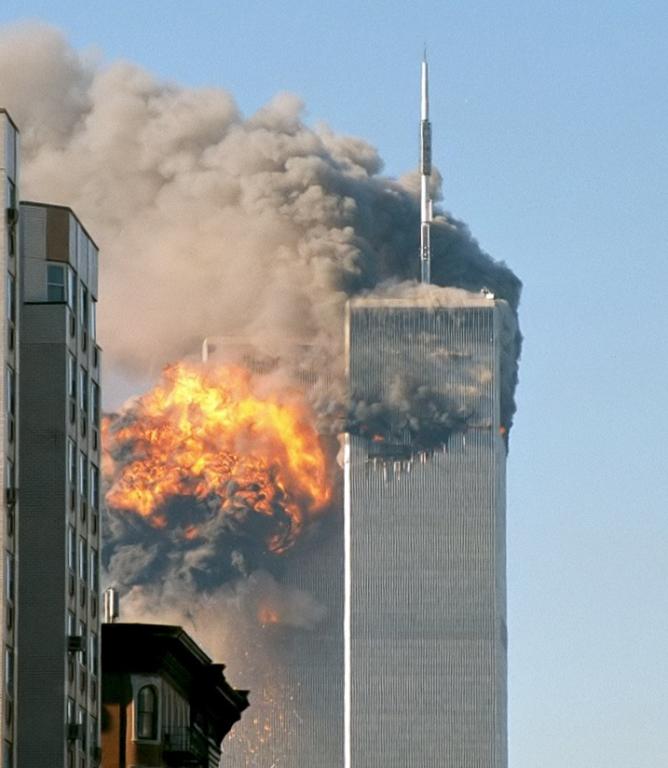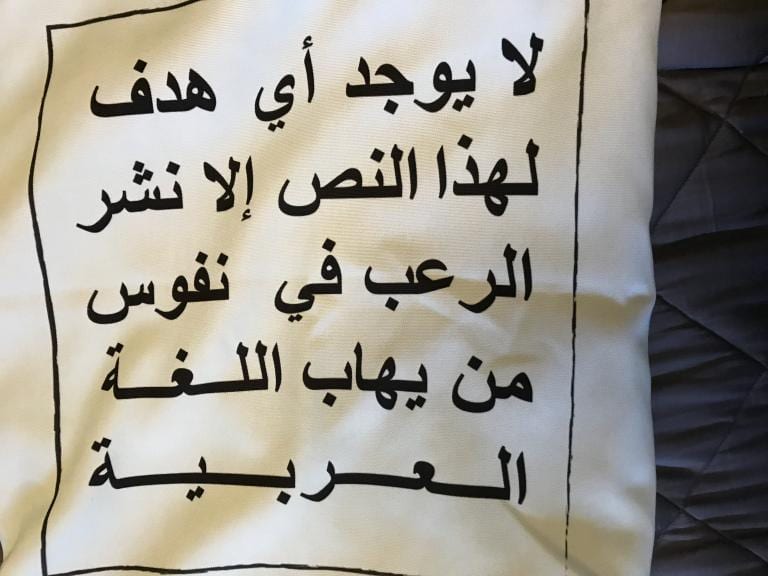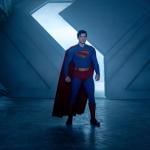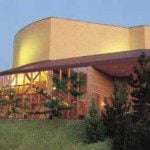
(Wikimedia Commons public domain photograph)
Today has, of course, been the anniversary of the terrorist attacks against New York City and Washington DC and the hijacking of United Airlines Flight 93 that brought that airliner down in a field near Shanksville, Pennsylvania, killing all aboard.
There’s very little that I can say about the events of those days, if anything, that would be fresh or that would provide any fresh insights into one of the best known horrors of modern history. So I don’t think that I’ll even make the attempt.
I’m guessing, though, that most of us who were of sufficient age to be aware of the news twenty-two years ago still remember pretty clearly where we were and what we were doing on that day. I certainly do. I’m also old enough to remember where I was, and what the day looked like, when I heard that President John F. Kennedy had been shot in Dallas. I was out on the playground at Thomas Jefferson Elementary School — since transformed into Gabrielino High School — in San Gabriel, California. Within just a few minutes, watching the television back in our classroom, we learned that he had died.
On the morning of 11 September 2001, I had showered and was just getting dressed for the day. My wife called to me: “Dan, you need to come and see this.” American Airlines Flight 11 had crashed into the North Tower of the World Trade Center. We stood watching, in shock.
I wasn’t altogether surprised. On several occasions, flying into LaGuardia Airport, I had marveled at how close we came to several high-rise buildings. I mused on the possibility of a pilot suffering a heart attack or a stroke and veering off course into the upper floors of one of those buildings or, in an era of suicide attacks, doing so deliberately.
As we stood in front of the screen, I wondered whether the plane’s crashing into the North Tower had been accidental or a pre-meditated act of terrorism. And, as we watched, the South Tower was hit by United Airlines Flight 175 and all doubt was gone. Moreover, I instantly knew who had done it: Paired attacks — such as the 7 August 1998 truck bomb explosions at the American embassies in Dar es Salaam, Tanzania, and in Nairobi, Kenya — were a signature trademark of al-Qaeda and Osama bin Laden.
Slightly more than a half hour later, a third flight, American Airlines Flight 77, smashed into the Pentagon. And then, less than thirty minutes thereafter, United Airlines Flight 93 crashed into that rural Pennsylvania field. The entire multi-pronged assault had taken just slightly more an hour and a quarter. But the damage continued to ramify. Both of the 110-story skyscrapers of the World Trade Center had collapsed within a mere hour and forty-one minutes.
Not including the nineteen hijackers, the attacks of 11 September killed 2,977 people — among them 72 police and other law enforcement personnel and 340 firefighters — injured thousands more, caused at least $10 billion in infrastructure and property damage, and led to substantial long-term health consequences from which victims continue to suffer.

We knew that we were under attack, but we didn’t yet know that that fourth flight marked the conclusion of the initial assault. What else was coming? And when? And where? Rumor had it that other hijacked aircraft were headed across the continent toward Los Angeles. What landmarks were they targeting? And what other elements of our daily lives had now been weaponized? We knew that the world had changed. It seemed, frankly, that everything around us was collapsing.
Confident that this had been a planned terrorist obscenity carried out by Arabs in the name of Islam, I remember thinking to myself as I watched the news coverage and the initial horror-struck commentary that there seemed little point in the still-fairly-new Islamic Translation Series that I had founded at Brigham Young University. Beyond its obvious academic purpose of making classical texts from the golden age of classical Islamic civilization available to readers in the West, both non-specialists and scholarly specialists, the project was intended to build bridges with the Islamic world. We hoped that it would enhance appreciation among non-Muslims for the mighty cultural contributions given to the world — in literature, philosophy, medicine, and the sciences — by those, whether Muslim or not, who wrote primarily in Arabic.
But what good, I wondered, could my little candle do against what was obviously a looming worldwide hurricane?
Almost instantly, though, a thought hit me powerfully and explicitly — and almost as if it were an audible voice — in these very words, seemingly from outside myself: “It’s more important now than ever.”
I believe that to have been true. And, although I had no illusion (and have no illusions still) that simply publishing dual-language editions of such authors as al-Ghazali, Ibn Sina, Suhrawardi, and the like would bring about world peace, I do believe that increased mutual understanding and mutual appreciation can move us significantly toward that goal. To a considerable degree, my teaching at BYU and my many Islam-related public lectures were consciously dedicated to that end.
Here — I’ll need to check to be sure — is a fairly complete list of publications from the Islamic Translation Series:
Al-Ghazali. The Incoherence of the Philosophers
Al-Ghazali. The Niche of Lights
Qadi ‘Abd al-Jabbar.Critique of Christian Origins
Abu Hatim al-Razi. The Proofs of Prophecy
Avicenna [Ibn Sina]. The Physics of The Healing, Books I and II
Avicenna [Ibn Sina]. The Metaphysics of The Healing
Mulla Sadra. The Elixir of the Gnostics
Averroës [Ibn Rushd]. Middle Commentary on Aristotle’s De Anima
Classical Foundations of Islamic Educational Thought
Averroës [Ibn Rushd]. Decisive Treatise and Epistle Dedicatory
Suhrawardi. The Philosophy of Illumination
Mulla Sadra.Metaphysical Penetrations
The Alexandrian Epitomes of Galen, vol 1
Dawud al-Muqammas. Twenty Chapters.
Posted from Moab, Utah













